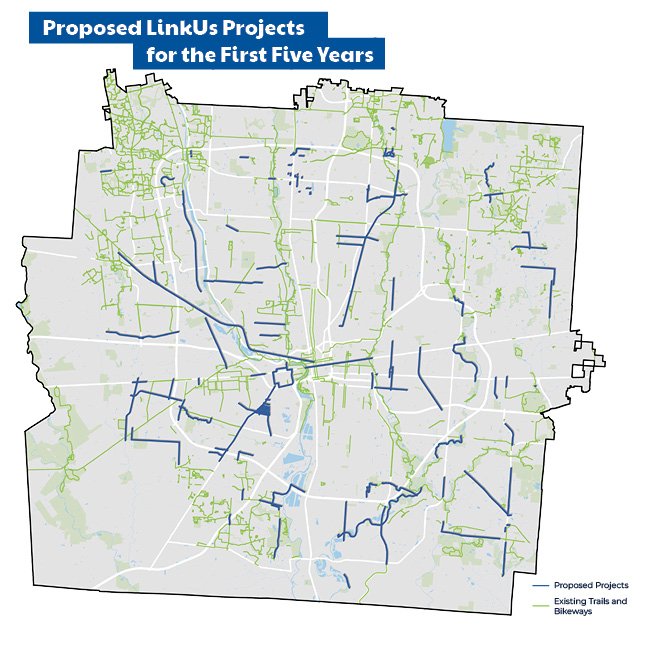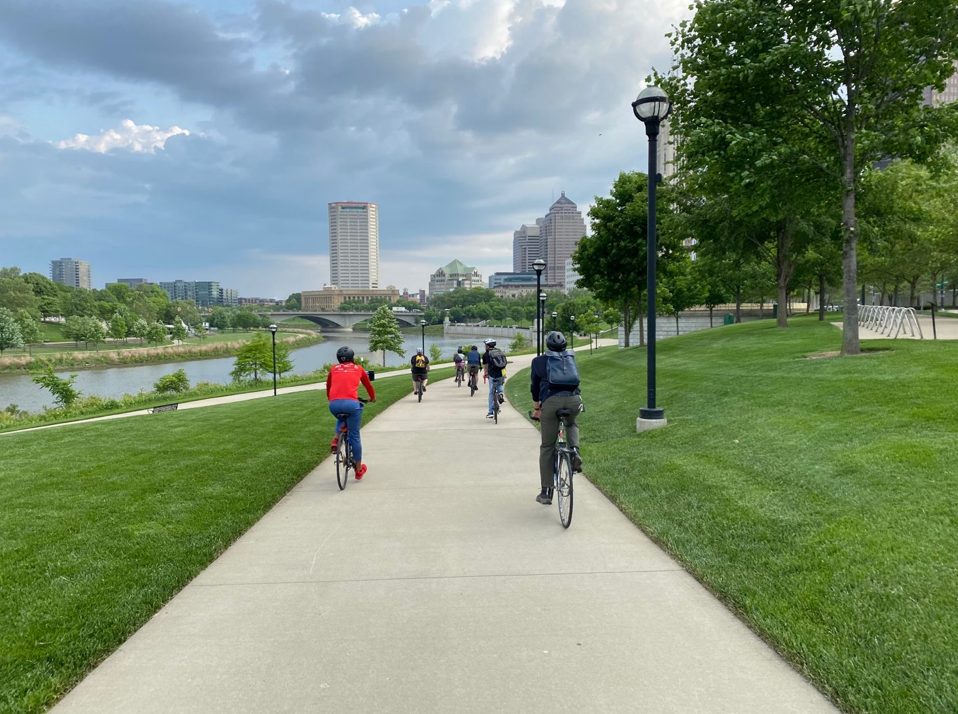 By AARON SCHILL
By AARON SCHILL
Published June 7, 2021 in This Week Community News
The natural optimism and potential that accompany the beginning of summer – longer days, blossoming gardens, the school year ending – feel more potent this year than any in memory. With vaccination rates climbing, COVID-19 case rates declining and businesses returning to full operation, the sense of emerging from a long hibernation is real.
Bit by bit, cautiously, we are returning to activities that lay dormant for more than a year. Whether beginning with a day or two per week in the office, meeting small groups of friends for dinner or finally traveling to see loved ones after too many months apart, the signs of returning to “normalcy” are all around.
Yet as we embrace this well-deserved optimism and turn our focus toward recovery, the impacts of COVID-19 remain present in daily life. Those who were lost to the virus and those who remain sick are the most important, but there are many other indicators of the pandemic’s physical and social tolls on us individually and as a community.
Over the past year, MORPC, along with several partners, has been researching the social and economic impacts of the COVID-19 pandemic on central Ohio. We recently published this research in a series of policy briefs intended to inform policymakers, local leaders and community members alike about the lasting impacts of COVID over the coming months and years.
The briefs span seven distinct topics: economic and community development, employment and small businesses, housing, public health, the social sector, technology and broadband access, and transportation. Drawing on the latest data from a range of sources, combined with insights gathered from interviews and focus groups, the briefs examine the most pressing issues for each topic.
In some cases, the pandemic amplified existing structural challenges – racial and income inequality, housing instability and shifts to online retail. In other cases, new challenges for the region emerged – global supply-chain shortages, historic unemployment and social and physical isolation of communities.
Across all of the data in all seven topics, one common theme emerged – often called the K-shaped recovery. While some individuals and businesses bounced back quickly and even gained during the shutdowns, those who already were struggling were hardest hit and will take the longest to recover. This includes households and businesses led by people of color and those with smaller budgets.
In numerous ways, we as a community were unprepared and continue to struggle to support our most vulnerable residents. As we joyfully welcome the onset of summer and our emergence from the pandemic, we have both the opportunity and responsibility to plan for a recovery that is more equitable and inclusive for every person.
We invite you to use MORPC’s COVID-19 Policy Briefs to understand the challenges and opportunities we face, inform conversations with colleagues and neighbors and guide policy decisions toward a more equitable central Ohio.
The policy briefs are online at morpc.org/covid19policybriefs.
Aaron Schill is the director of data and mapping at the Mid-Ohio Regional Planning Commission. MORPC’s purpose is to bring communities of all sizes and interests together to collaborate on best practices and plan for the future of the region.






